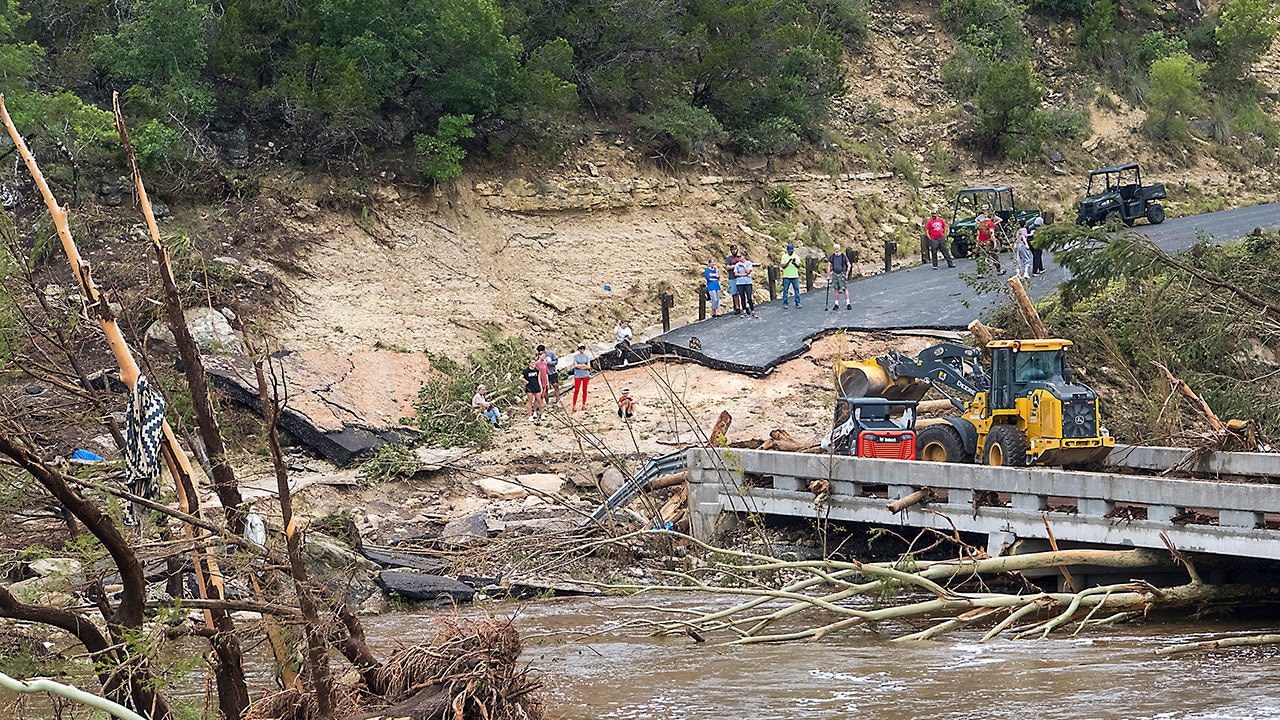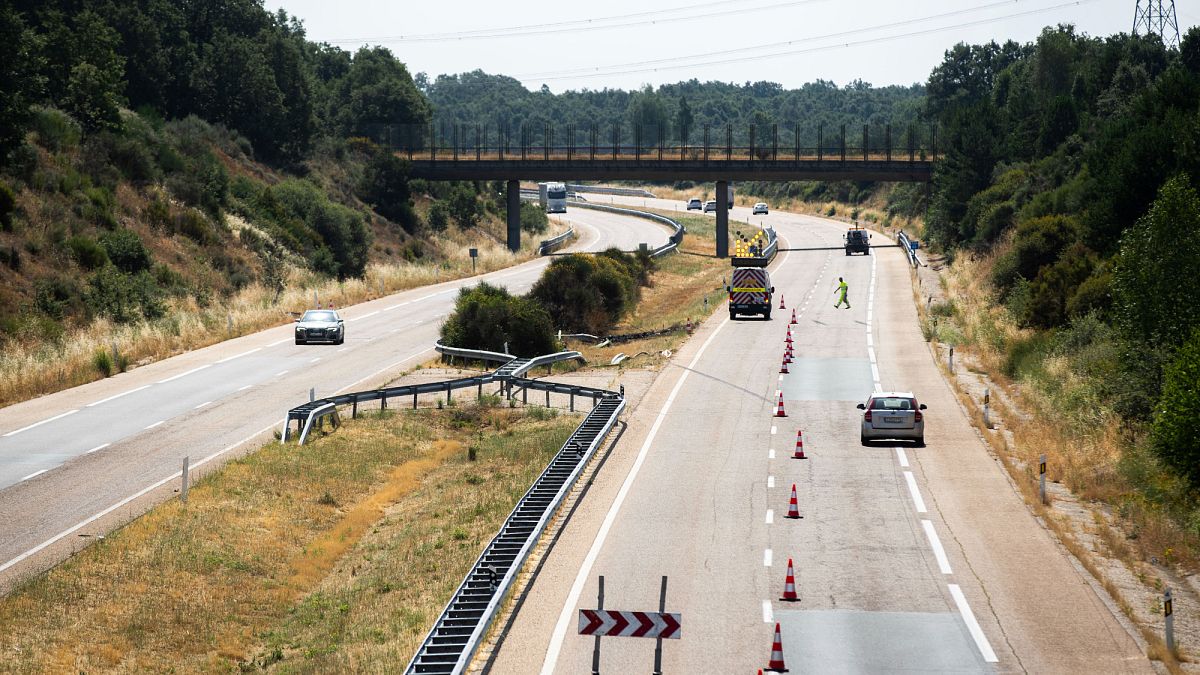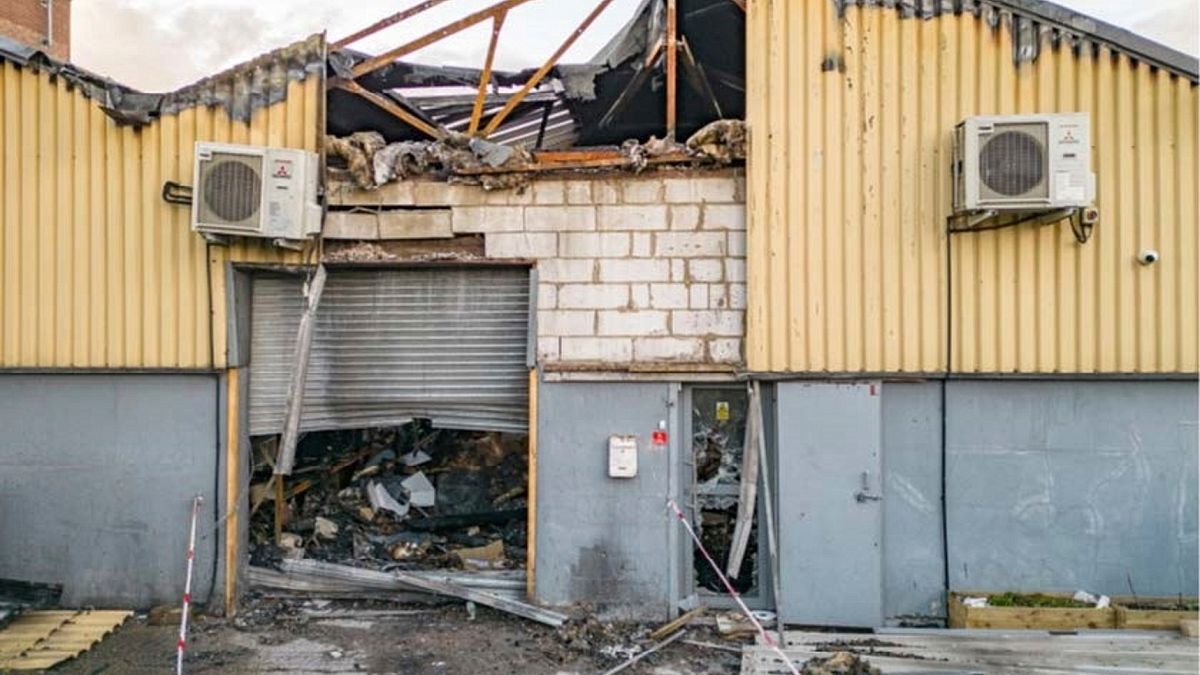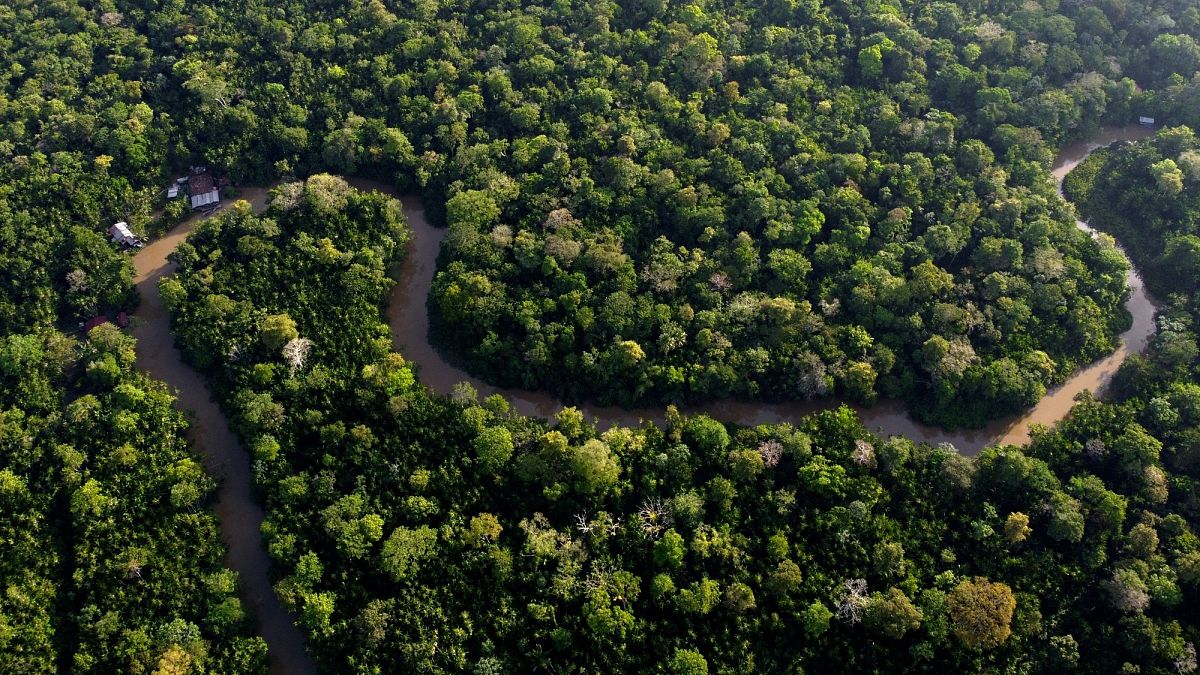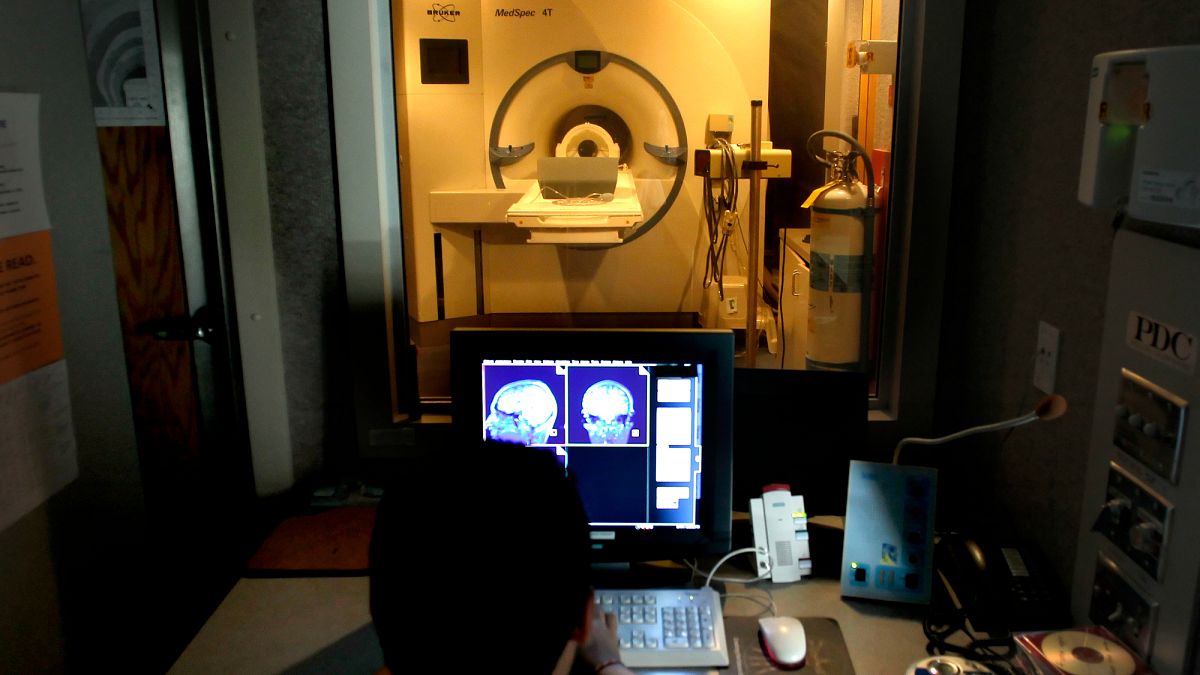Space is getting increasingly crowded and experts are sounding the alarm.
In a report, the European Space Agency said around 1,200 pieces of rocket and satellite debris fell back to Earth last year.
And as 54,000 space junk pieces larger than 10cm remain floating around the planet, the organisation adds that they are even increasing in “number and size.”
Other experts argue the rate of returning objects could reach 15 a day within ten years.
Reasons include a rise in satellite launches, particularly by SpaceX and China, as well as heightened solar activity, which slows down space objects, causing them to decay faster.
“The cascading effect of collisions between space debris, known as Kessler Syndrome, creates even more debris, increasing the risk of further collisions”, the ESA told Euronews.
“This makes it crucial to actively remove large non-functional objects from the most populated orbits to stabilise the debris population”.
France littering space with debris
France is reportedly the European nation that is posing the highest orbital risk, with 533 pieces of debris and rocket bodies scattered in orbit, as well as 105 active satellites.
That’s according to a space risk score drafted by aerospace hardware manufacturer YIJIN, which analysed data compiled by Space-Track.org and N2yo.com.
Its spokesperson Gavin Yi claims a “debris cascade could lock us out of orbit for generations.”
“As orbital highways become more congested, Europe’s approach to space management will determine whether we maintain access to this critical domain”.
France however has implemented the Space Debris Mitigation guidelines adopted by the UN, which include measures to minimise debris creation, like de-orbiting and anti-corrosion treatment for satellites at the end of their lifecycle.
The country also has a Space Operations Act that mandates responsible space activities and debris mitigation strategies.
The UK ranks second, purely because it operates the largest satellite fleet on the continent (658). Its debris creation is actually minimal, with only one piece of junk in orbit.
The European Space Agency, too, demonstrated “good orbital waste management”, says the report, with 95 satellites and just 27 pieces of debris.
Space security unachievable under current guidelines
The ESA has several programmes and initiatives in place to reduce its space impact, including the Clean Space Initiative, which is developing technologies for more sustainable missions, as well as its Space Debris Office, which monitors and models the debris environment to reduce collision and re-entry.
Its Space Environment Report however also points out that “current levels of compliance with space debris mitigation guidelines at large are insufficient for achieving a sustainable space environment long-term.”
Odds of being injured by space debris ‘fewer than one in 100 billion’
At the same time, an ESA spokesperson told Euronews that space debris risk to humans is remote.
“The annual risk of an individual human being injured by space debris is under one in 100 billion. In comparison, a person is about 65,000 times more likely to be struck by lightning”.
Many space objects break apart into smaller fragments when they fall back onto Earth, as they burn up due to the atmospheric compression and speeds they reach.
“Space debris pieces that survive have only very rarely caused any damage on the ground” says the ESA.
Why is it so hard to remove space debris?
The ESA says that “targeting these small pieces is extremely difficult”.
“Active debris removal (ADR) involves complex operations such as rendezvousing with and capturing tumbling objects in space.”
Also, they add, “the ownership of space debris is a significant legal hurdle.”
“According to the Outer Space Treaty, the ownership of space objects remains with the launching state, even if the object is no longer functional. This lack of salvage rights complicates the removal process”.
“Funding ADR missions has been a challenge. Space agencies often prioritise more exciting missions over “waste removal.” Although ESA has initiated the ClearSpace-1 mission, securing funding for subsequent ADR missions remains uncertain”.
The ESA said it aims to limit the production of debris through its Zero Debris Approach by 2030, warning however that “achieving this goal requires global cooperation and adherence to guidelines”.

